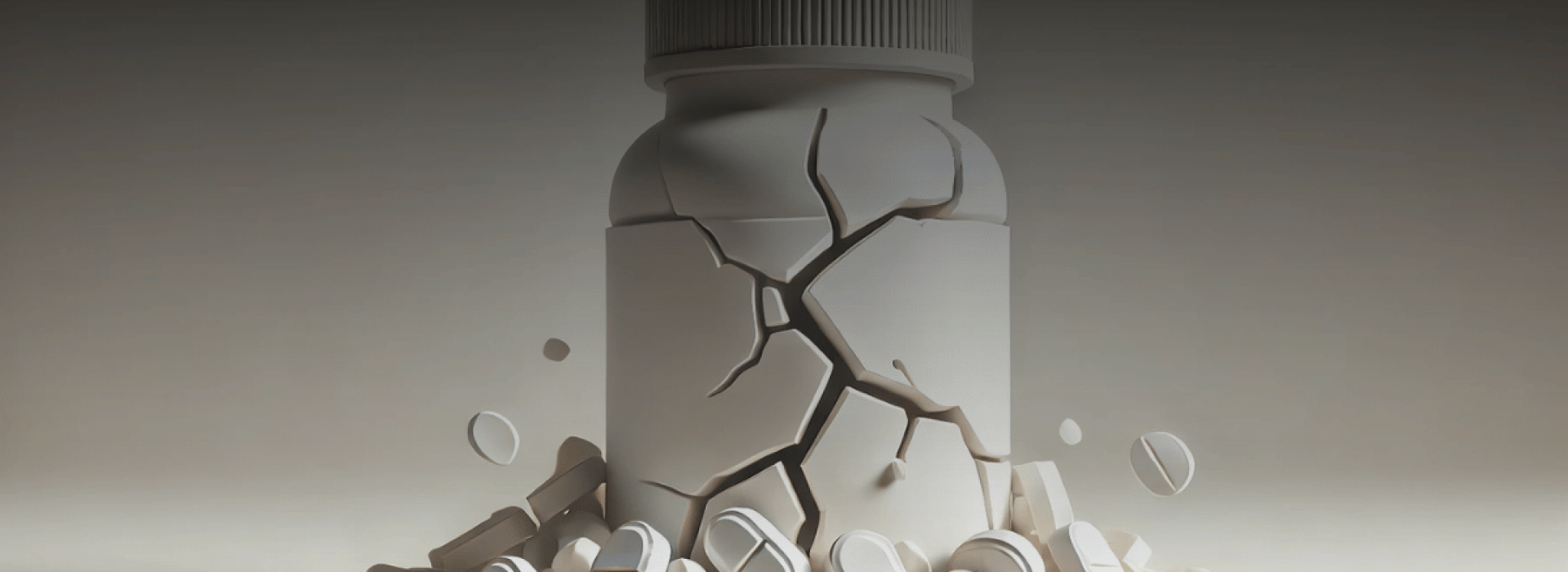The global pharmaceutical industry is built on a foundation of research, innovation, and trust. However, the growing threat of counterfeit medications not only endangers patient safety but also undermines the progress of pharmaceutical innovation. Counterfeiting disrupts the delicate balance of investments, intellectual property rights, and consumer confidence, creating a ripple effect that stifles the advancement of life-saving treatments.
The Scope of Counterfeit Medications
The World Health Organization (WHO) estimates that up to 10% of medicines in low- and middle-income countries are counterfeit. In some regions, particularly where regulation is weak, this number can be significantly higher. Counterfeit medications include drugs with no active ingredients, incorrect dosages, or dangerous contaminants. Typically, items of significant value or produced in high volume are more likely to be counterfeited.
Eroding Confidence in Genuine Innovation
Counterfeit drugs erode public trust in pharmaceutical companies. Patients who unknowingly consume ineffective or harmful counterfeits often attribute adverse outcomes to the legitimate manufacturers. This loss of trust can diminish the perceived value of innovative therapies, deterring patients and healthcare providers from adopting new treatments. For example, the proliferation of counterfeit diabetes drugs and devices has created skepticism toward genuine, advanced medical solutions in the same category.
Undermining Financial Incentives for R&D
Pharmaceutical innovation requires massive investments in research and development (R&D). The Tufts Center for the Study of Drug Development estimates that the average cost to bring a new drug to market is $2.6 billion. Counterfeit medications disrupt revenue streams by flooding markets with fake versions of patented drugs. This reduces the financial returns necessary for companies to reinvest in R&D. Moreover, the legal battles and brand recovery efforts following counterfeit incidents divert resources away from innovation. And the worst, patient trust may be lost to the medicine.
Intellectual Property Theft
Counterfeiters often exploit intellectual property (IP) from pharmaceutical companies, bypassing years of research to produce fake versions of innovative drugs. This theft undermines the principles of IP protection, disincentivizing companies from investing in high-risk, high-reward areas like rare diseases or advanced biologics. The Medicines Patent Pool, a United Nations-backed initiative, emphasizes the importance of safeguarding patents to encourage innovation in areas of unmet medical need.
The Human Cost: A Barrier to Progress
The human cost of counterfeit medications is immeasurable. Adverse events caused by fake drugs create additional burdens on healthcare systems, leading to misdiagnoses, treatment failures, and prolonged illnesses. This, in turn, discourages healthcare providers from prescribing cutting-edge therapies, fearing counterfeit contamination. For example, reports of counterfeit oncology drugs in Europe and North America have delayed patient access to genuine treatments, impacting survival rates and clinical outcomes.
A Call to Action
Combatting counterfeit medications is essential to preserving the integrity of pharmaceutical innovation. Strategies include:
Advanced Authentication Technologies: Digital tools like TrueMed’s instant detection methods offer scalable solutions to identify counterfeit products quickly and accurately. These innovations ensure that legitimate drugs remain distinguishable from fakes.
Stronger Regulatory Frameworks: Governments and international bodies must enhance regulatory oversight and harmonize anti-counterfeiting laws to close gaps in the global supply chain.
Public Awareness Campaigns: Educating consumers about the risks of purchasing medications from unverified sources can reduce demand for counterfeit products.
Collaborative Efforts: Pharmaceutical companies, technology providers, and enforcement agencies must work together to dismantle counterfeiting networks and safeguard the supply chain.
Conclusion
The fight against counterfeit medications is not just about protecting patients; it is about preserving the future of pharmaceutical innovation. Without trust, intellectual property protection, and robust financial incentives, the pipeline of life-saving drugs will dwindle. By prioritizing anti-counterfeiting efforts, we can ensure that innovation continues to flourish, offering hope and healing to millions worldwide.
References:
World Health Organization. “Substandard and falsified medical products.” WHO Report
Organisation for Economic Co-operation and Development. “Illicit Trade: Converging Criminal Networks.” OECD, 2020.
Tufts Center for the Study of Drug Development. “Cost to Develop and Win Marketing Approval for a New Drug is $2.6 Billion.” Tufts University.
Medicines Patent Pool. “Intellectual Property and Access to Medicines.” MPP Report


